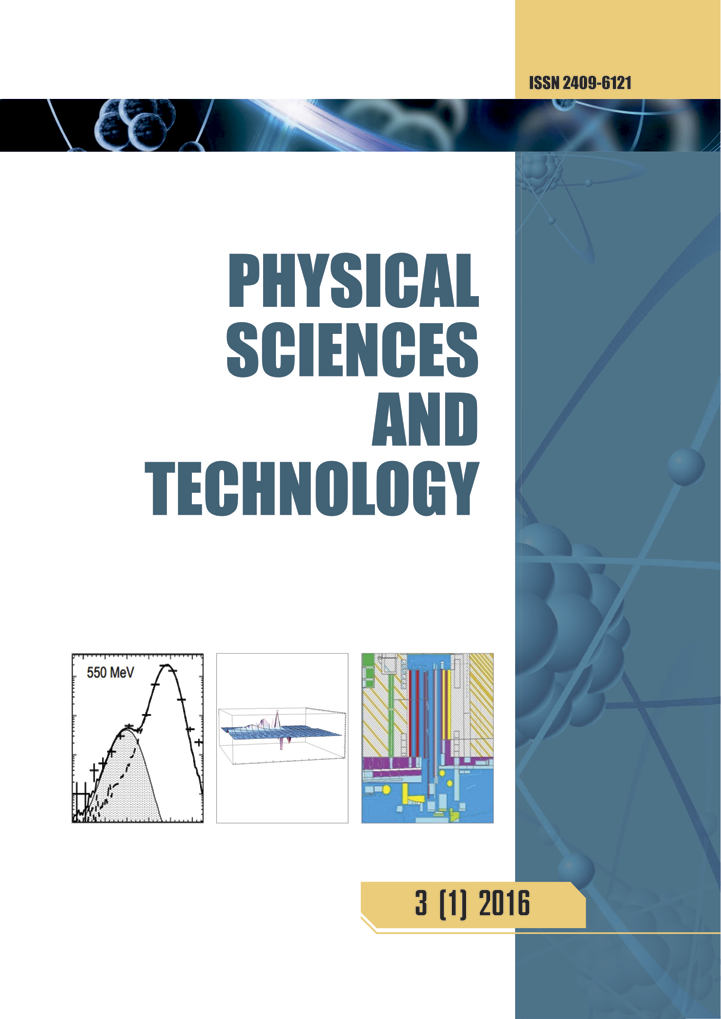Effects of increasing applied voltage and frequency on plasma parameters in dielectric barrier discharge plasma
DOI:
https://doi.org/10.26577/phst2024v11i2b09Abstract
The dielectric barrier discharge (DBD) plasma is one of the branches of plasma produced at atmospheric pressure. It is easy to use in the laboratory, where the dielectric barrier discharge was built from a copper electrode with a glass insulator in front of one of the electrodes. The plasma was generated between the two electrodes at a high applied voltage ranging between (5-9) kV using a high voltage power supply and at a (7) kHz frequency. To perform the spectral characterization of the plasma produced by the dielectric barrier discharge (DBD) system and calculate the plasma parameters, a gradually increasing voltage (5-9) kV was used with a fixed frequency of (7) kHz in the first case, and in the other case, the frequency was changed (5-9) kHz with a constant applied voltage of (8) kV. The results showed that the increased applied voltage and frequency value led to an increase in the spectral intensity of (N2) of the plasma generated between the two electrodes, ranging from (296.44 - 715) nm. As well as an increase in the plasma electron temperature (Te) (0.895-1.436) eV and (0.922-0.522) eV, and the resulting plasma number density (ne) (5.485-9.541) x1016 cm-3 and (4.856-8.090) x1016 cm-3 in both cases, respectively, as well as the rest of the other plasma parameters.




